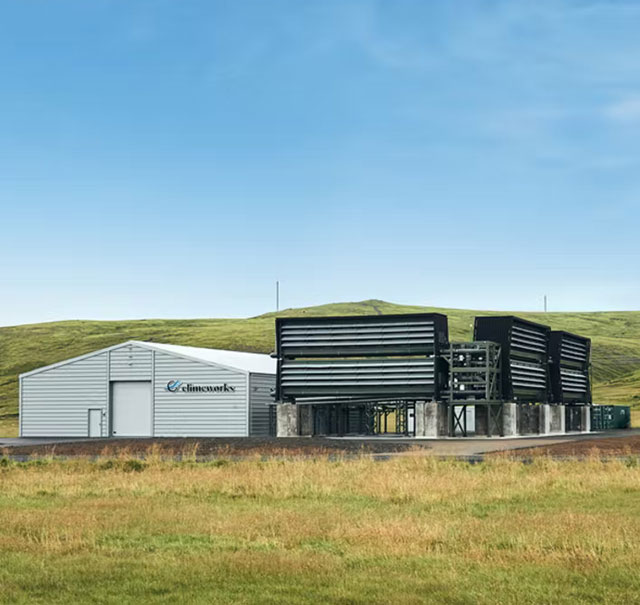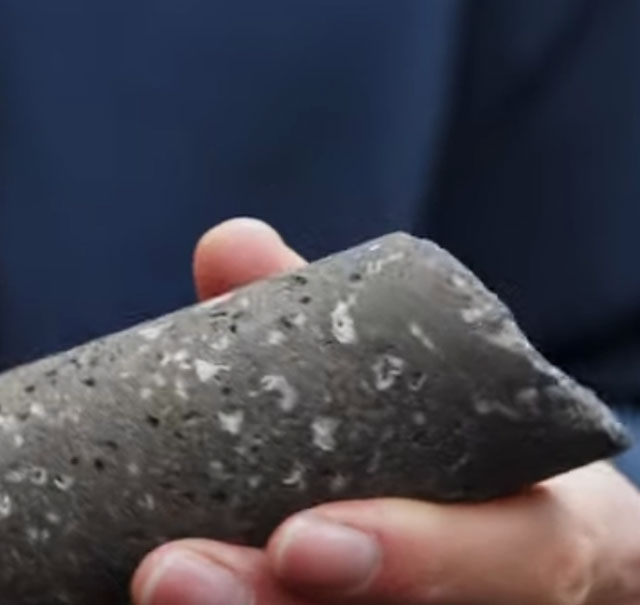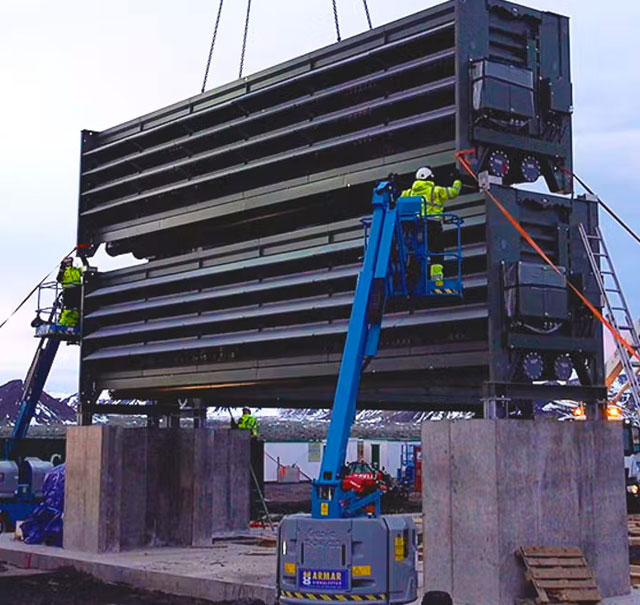Climeworks reverses Climate Change with DAC+S Technology
Direct Air Capture and Storage (DAC+S)
The company holds several patents. These include patents that legally protect the filtration process, the filter material itself, the heat supply process and desorption.


Adsorption and Desorption of CO2
The plants consist of metallic boxes in which a filter with a special filter material, the so-called sorbent, is installed. This sorbent contains an amine and has the ability to bind CO2 via adsorption and release it again via desorption. In the adsorption phase, air is blown through the machine by means of a fan and the CO2 is absorbed by the sorbent.
Once the sorbent has reached a high CO2 concentration, the desorption phase begins: the system is closed so that no more air can enter. Excess air in the box is pumped out and the plant is heated. The heat releases the CO2 enriched by the sorbent. The CO2 is then processed in two subsequent steps so that a CO2 purity of over 95 percent is achieved. The CO2 is mixed with water, transported to underground basalt rock layers and permanently stored.
Basalt Rock
The basalt rock in Iceland is a highly reactive material. The mixture of CO2 and water triggers a chemical reaction within it. Thanks to the technology of Climeworks' partner Carbfix, the mixture of CO2 and water crystallizes in basalt rock layers to form a carbonate. The result: the filtered CO2 is stored in the rock and the CO2 concentration in the air is reduced.
Partnership with Carbfix in Iceland
In Hellisheidi, hot water and steam are extracted from 50 boreholes and transported via pipes to the geothermal power plant (on the right in the picture). Inside are turbines that convert the thermal energy into electricity. The wells in Hellisheidi are up to 2,200 meters deep. In them, hot water and steam are extracted and the CO2 filtered by Climeworks is pumped into underground rock strata.
Filtered CO2 Permanently Stored Underground
Reykjavik Energy operates the geothermal power plant in Hellisheidi, Iceland, where hot water and steam are pumped to the earth's surface from hundreds of meters below ground. Subsidiary Carbfix returns the water back underground mixed with CO2 that has been filtered out and treated by Climeworks. Carbfix's technology simulates the natural process of mineralization: The CO2-enriched water is acidic, which triggers a chemical reaction in the basalt rock.
Cations contained in the rocks, such as calcium, magnesium and iron, are released, and mix with the water to form a carbonate. Due to the high density of the CO2-containing mixture compared to the groundwater, the mixture sinks down into the porous rock layers. According to studies by Carbfix, 95 percent of the injected CO2 forms a carbonate after two years.

Climeworks obtains the energy to operate the Orca plant from the nearby geothermal power plant in Hellisheidi. The goal is to use only renewable energy sources.

Site Selection Dependent on Energy Sources and Storage Capabilities
Geological storage of CO2 is possible almost anywhere in the world. According to research findings of the Carbon Dioxide Removal Primer, storage capacities are large enough to absorb three times all greenhouse gases emitted since the industrial revolution.
The collaboration with Carbfix and the location of Iceland fulfill important requirements for Climeworks to roll out the technology, explains Nathalie Casas:
"Iceland is volcanic and the rock is very reactive, which makes it an ideal location. Access to a renewable energy source and reactive rock layers as suitable storage sites for the filtered CO2 are particularly important.
The logic behind this is clear: if other energy sources were used, the climate balance of the plants would be much worse. Various locations meet these requirements, and if enough CO2 is to be filtered from the air to limit climate change, the use of the technology cannot be limited to Iceland. There are currently plans to deliver a plant to Oman, which also offers suitable conditions in terms of energy source and storage options."





